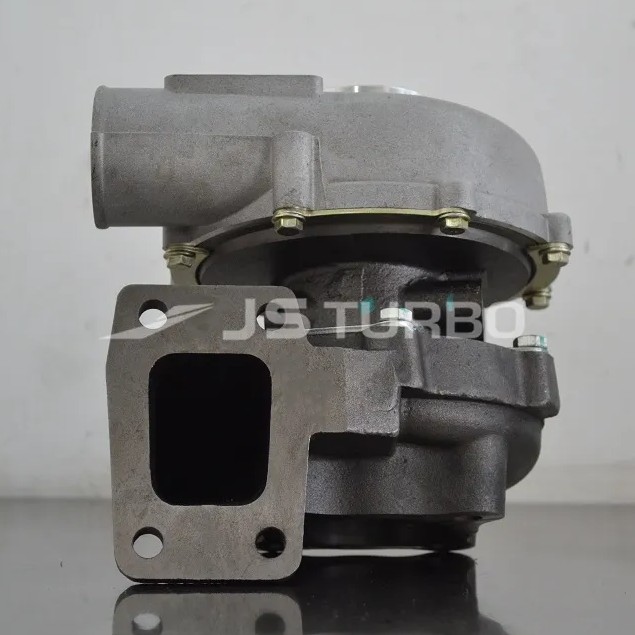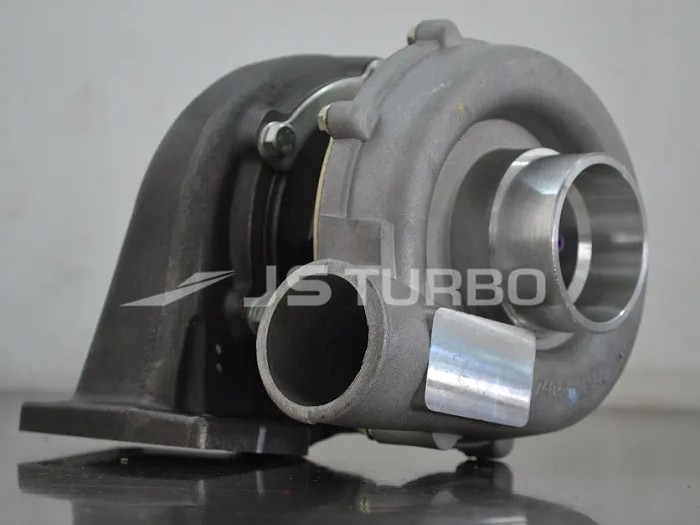
What is the working principle of a turbocharger
2023-04-28 15:27Many car models now use a T at the back when labeling their engine displacement, such as a 1.5T, which indicates that the model is equipped with a turbocharger. What is the working principle and function of a turbocharger? Let's take a look below.
A turbocharger mainly consists of a compressor and a turbine, which are connected through a transmission shaft. The intake port of the turbine is connected to the exhaust manifold, and the exhaust port is connected to the exhaust pipe; The intake port of the compressor is connected to the intake pipe, and the exhaust port is connected to the intake manifold.
The turbine is impacted by the exhaust gas discharged by the engine, causing it to run at high speed. At the same time, it drives the coaxial compressor to run at high speed, forcing the compressed air into the cylinder.
The advantage of an engine equipped with a turbocharger is that it can significantly increase the engine's torque and power without increasing the engine displacement. For engines with the same displacement, engines equipped with turbochargers have a power increase of approximately 40% compared to engines without turbochargers. Therefore, turbochargers are now widely used.
During the operation of the turbine, the exhaust gas energy discharged by the engine is mainly used to drive the compressor to boost the intake air, which basically does not affect the power of the engine, and the acceleration continuity performance is good. However, there is a drawback that when the engine is running at low speeds, the turbocharger cannot intervene in a timely manner and has a certain degree of hysteresis, which is called turbo lag.


